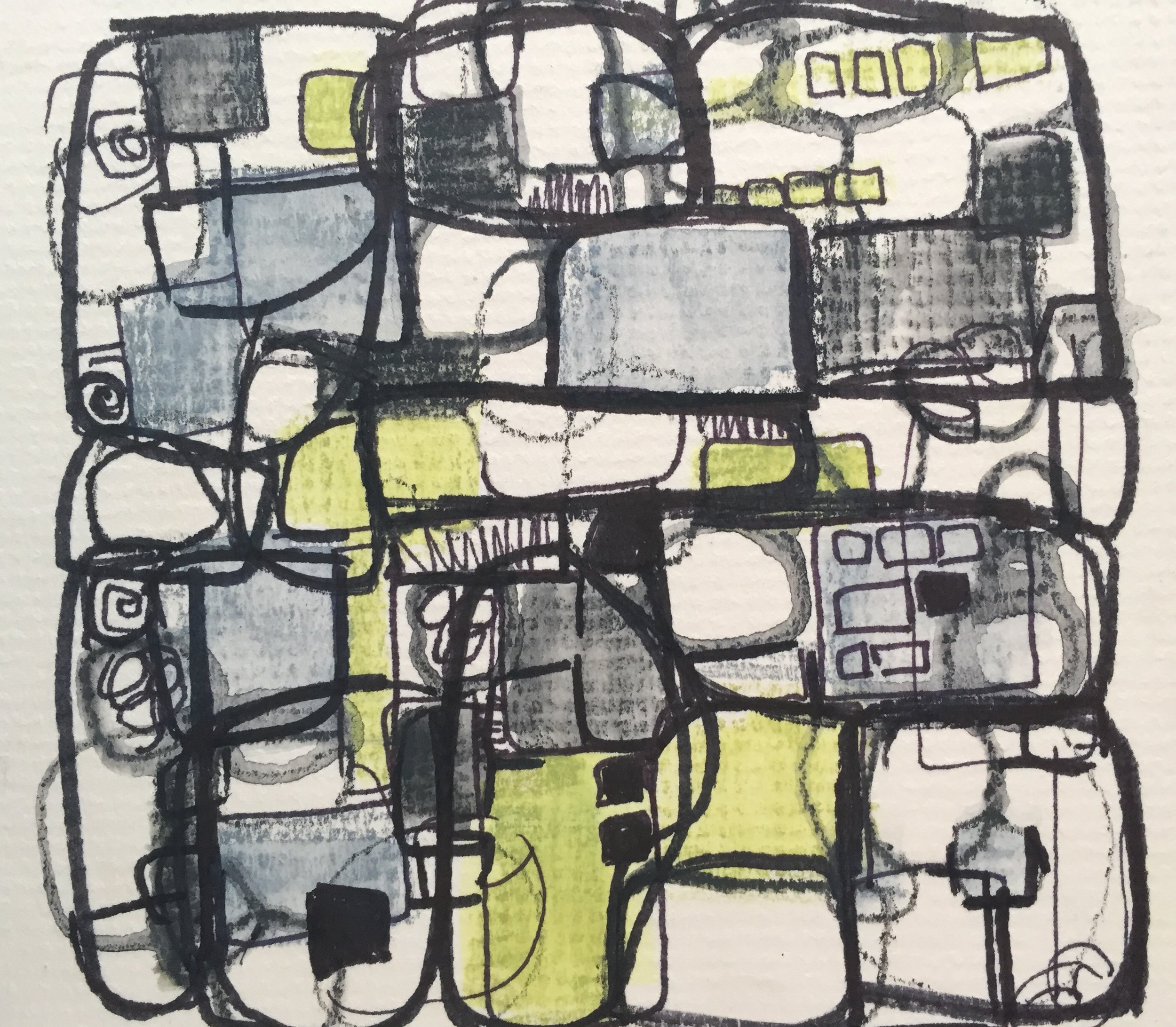Using Honeycomb Packing Material For Printing in Mixed Media Art
One of my students introduced me to Honeycomb Boards or packing material in our last Mark Making class. I was so excited about finding a new texture maker, that I had to beg her for a piece for my own work. This versatile corrugated pad is a light weight packing supply which is used as protective cushioning for many industries. The Honeycomb generally has a flat piece of heavy paper on the top of it. You will need to peel the top layer off to expose the Honeycomb and cut a small portion of the packing material to print or stamp with. Apply paint directly onto the Honeycomb with a brush or dip it into a paper plate with paint and then proceed to print or stamp the Honeycomb onto your art work.






















